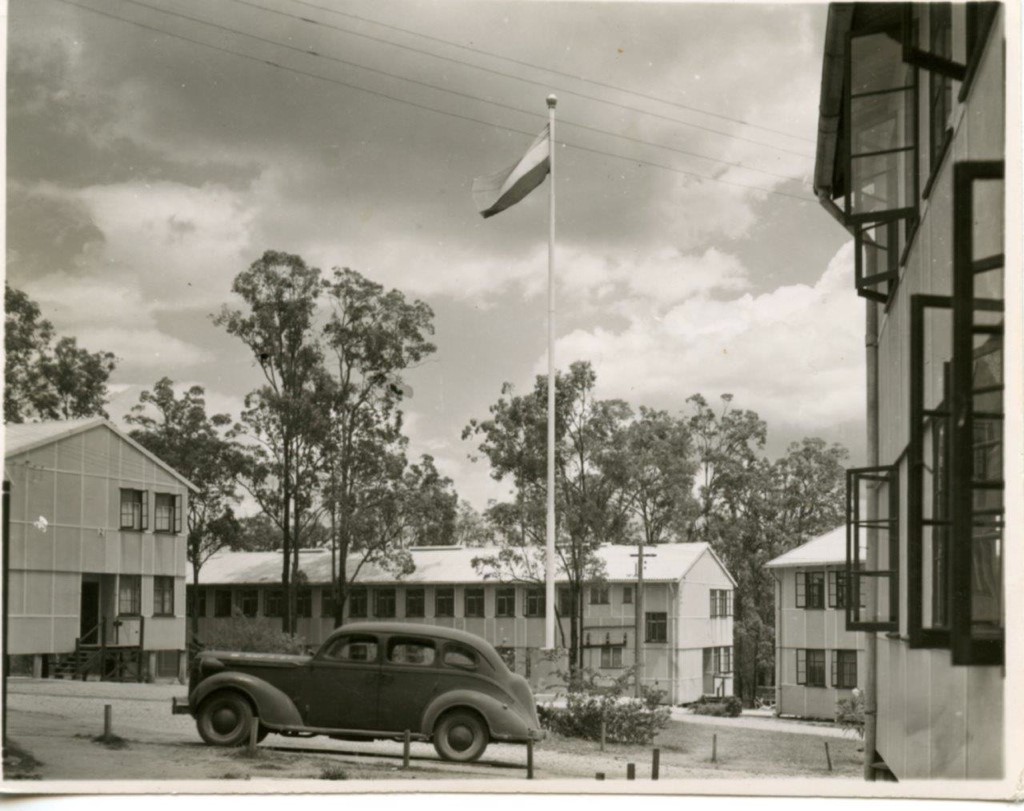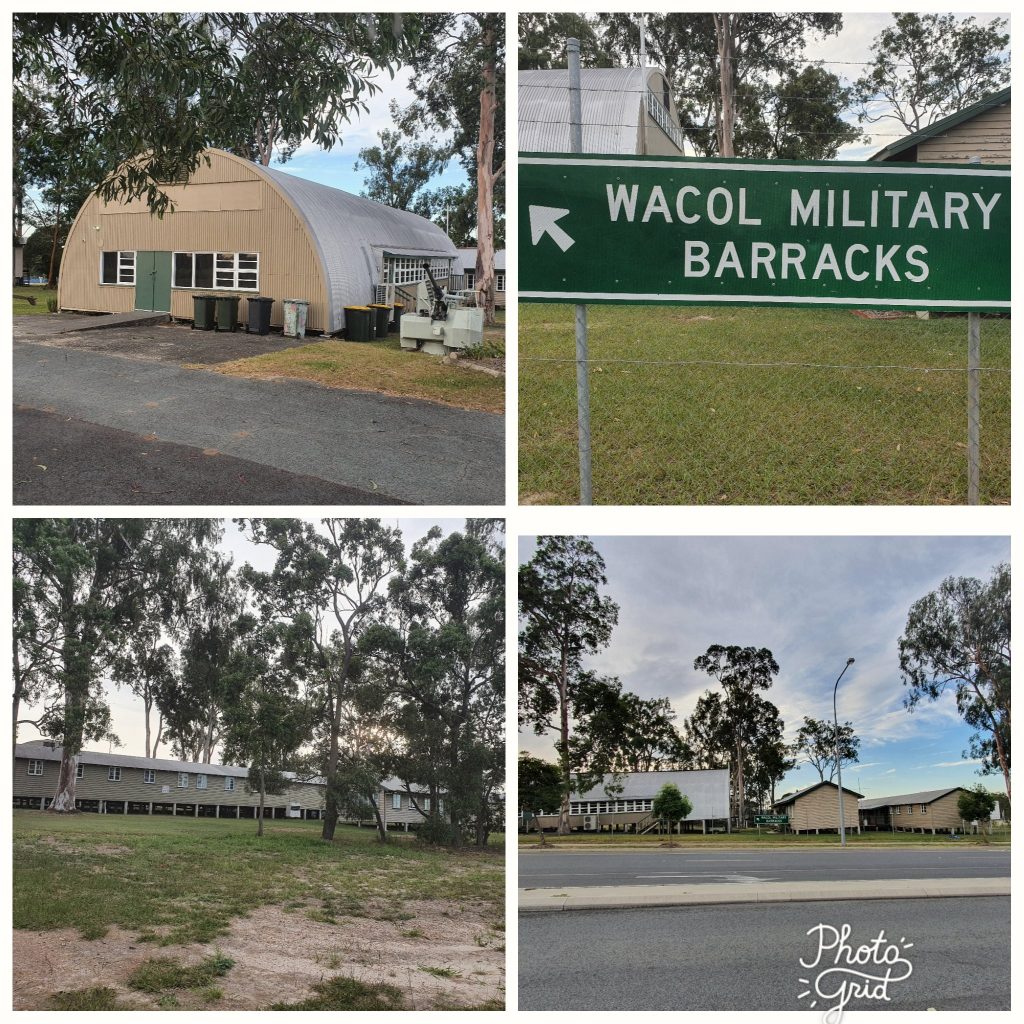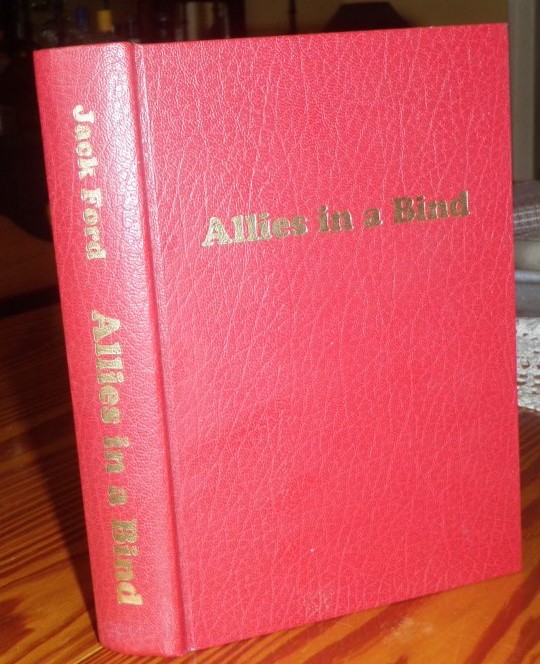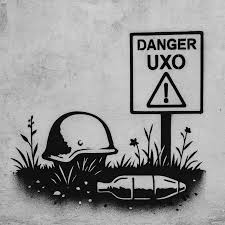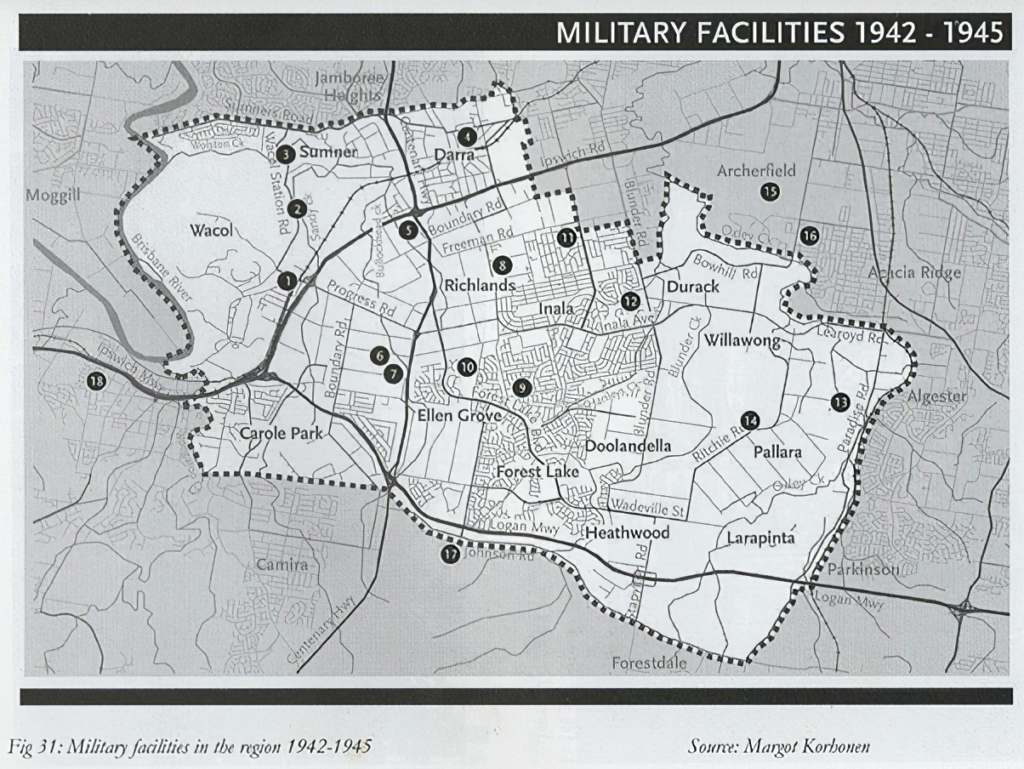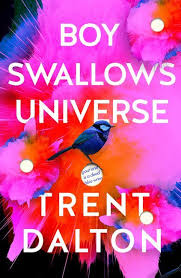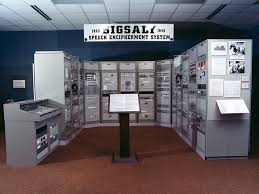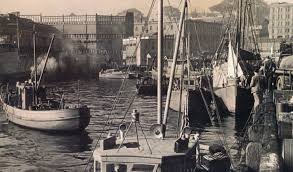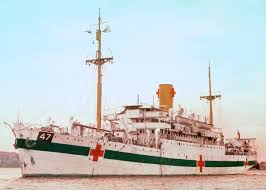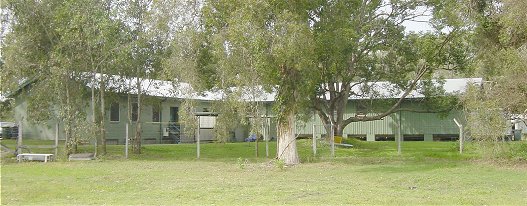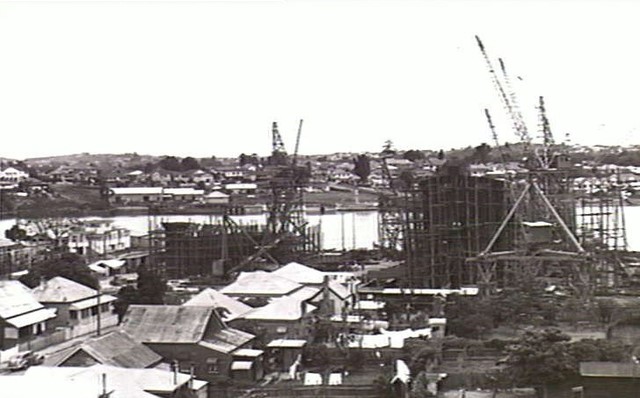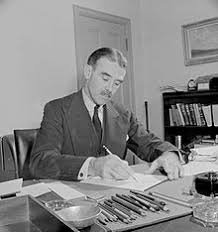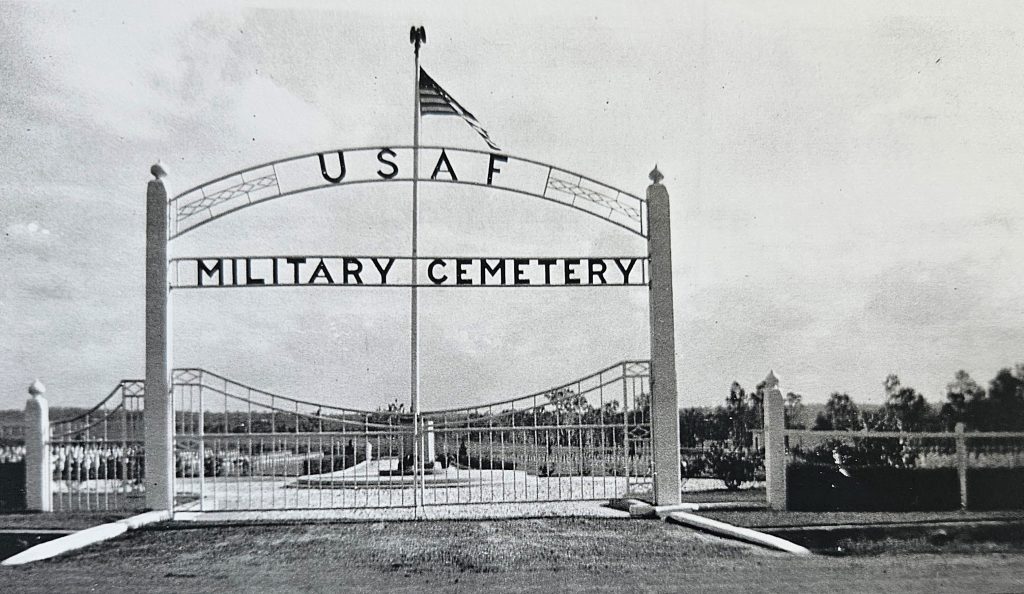The untold Dutch chapter of Brisbane’s wartime history
While Brisbane’s role in World War II is often remembered in connection with the large American presence and the headquarters of General Douglas MacArthur, few people today are aware of the significant Dutch wartime presence in the city—or the extraordinary fact that a foreign government operated from Australian soil during the final years of the […]
The untold Dutch chapter of Brisbane’s wartime history Read More »

